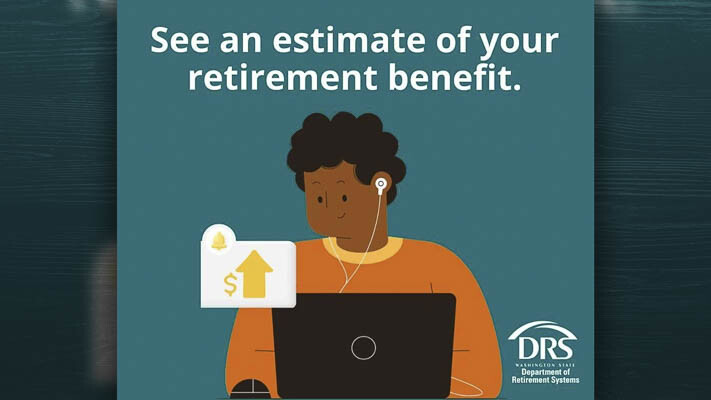
The state’s contributions to 10 state pension plans have increased from $1.6 billion in 2014 to $3.3 billion in 2023, a 61% increase once adjusted for inflation
Tom Gantert
The Center Square Washington
The state of Washington’s contributions to its multiple pension plans offered to its employees have doubled in cost over the past nine years.
The state’s contributions to 10 state pension plans have increased from $1.6 billion in 2014 to $3.3 billion in 2023, a 61% increase once adjusted for inflation.
The varied retirement pensions that includes eight retirement systems and 15 retirement plans pay out $6.4 billion a year to an estimated 217,000 retirees, according to the latest state audit that covers through June 2023.
The state pointed out that the pension plans’ combined funded ratio has increased from 87% to 96% from 2014 to 2022.
The state said there were multiple reasons for the increase in contributions.
From 2014 to 2022, there has been a significant increase in the number of members earning benefits as well as the number of people receiving pensions. There were 300,000 active members in 2014 and that increased to 340,000 in 2022.
“All else being equal, the more active employees earning benefits, the more money required to fund those benefits during their working career,” said Luke Masselink of the Office of the State Actuary.
The number of retirees and beneficiaries receiving a state pension has increased from 157,000 in 2014 to 217,000 in 2022.
Several other factors played a part in increased contributions.
In 2023, the state increased the assumption of how long people would live while receiving a pension. That led to higher costs projections.
The state has reduced its expected rate of return on investments, which also led to higher contributions.
The state used a 7.8% expected rate of return on investments in 2014, and by 2022, they had gone to a more conservative 7% rate of return.
Investment returns can vary greatly from year to year. For example, the state pension plan PERS Plan 1 lost $57.3 million in investments in 2020, but saw that increase to $976.6 million in 2021 and $496 million in 2022.
This report was first published by The Center Square Washington.
Also read:
- House Democrats advance $18B in tax hike proposals as session winds downHouse Democrats in Washington advanced several tax hike proposals as the legislative session nears its end, aiming to address a major budget shortfall.
- Republican budget leaders see showdown ahead as Senate Democrats approve trio of major tax increasesSenate Democrats in Washington have approved major tax increases, prompting Republican budget leaders to warn of a growing showdown ahead.
- Representatives from the 18th and 20th Legislative Districts to hold joint town hall on May 3Lawmakers from the 18th and 20th Legislative Districts will host a joint town hall on May 3 at Battle Ground City Hall to review the legislative session and hear from residents.
- Expect delays on northbound I-5 near Ridgefield through May 9Northbound I-5 travelers near Ridgefield should expect delays through May 9 as crews work on improvements at the Exit 14 off-ramp to support future development.
- Brandon Erickson announces candidacy for Clark County Charter Review CommissionBrandon Erickson has announced his candidacy for the Clark County Charter Review Commission, seeking Position 1 in District 2.
- Clark County Sheriff’s Office investigating a reported burglary that led to apparent suicideThe Clark County Sheriff’s Office is investigating a reported burglary in Vancouver that ended with the apparent suicide of Charles Gardiner, interim chief of the Cowlitz Tribal Public Safety Department.
- POLL: Why did voters reject all three tax proposals in the April 22 special election?Clark County voters rejected all three tax measures on the April 22 special election ballot, prompting questions about trust, affordability, and communication.











